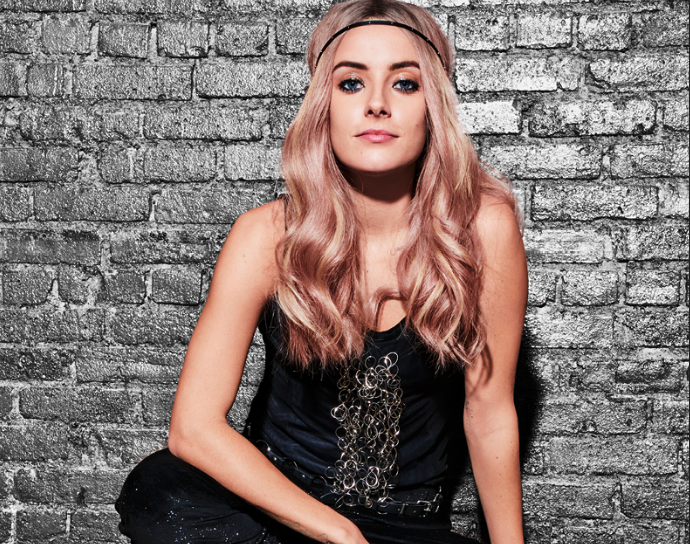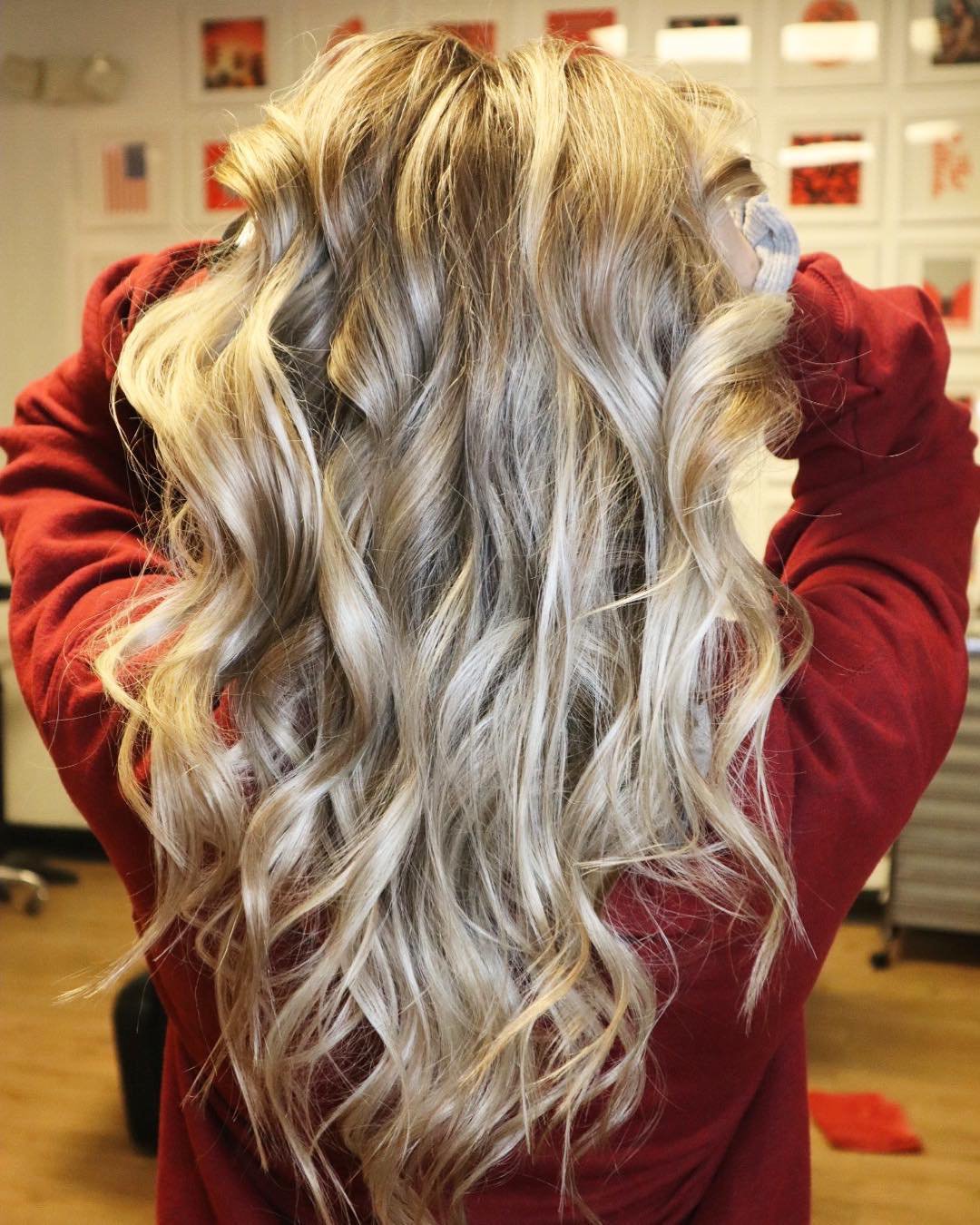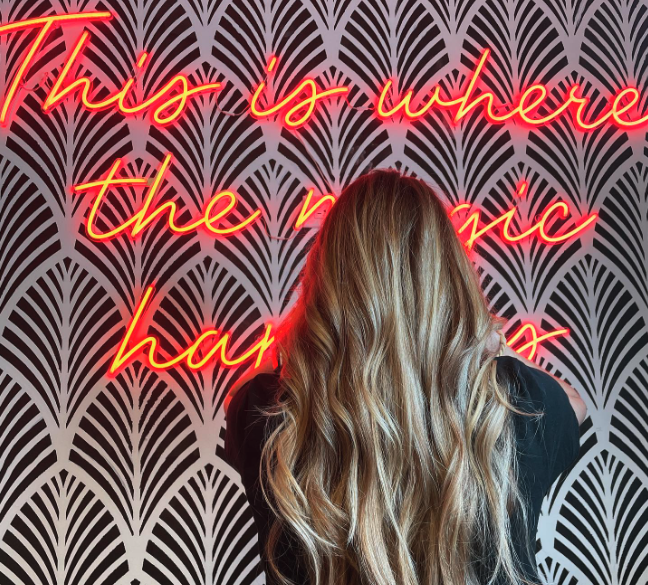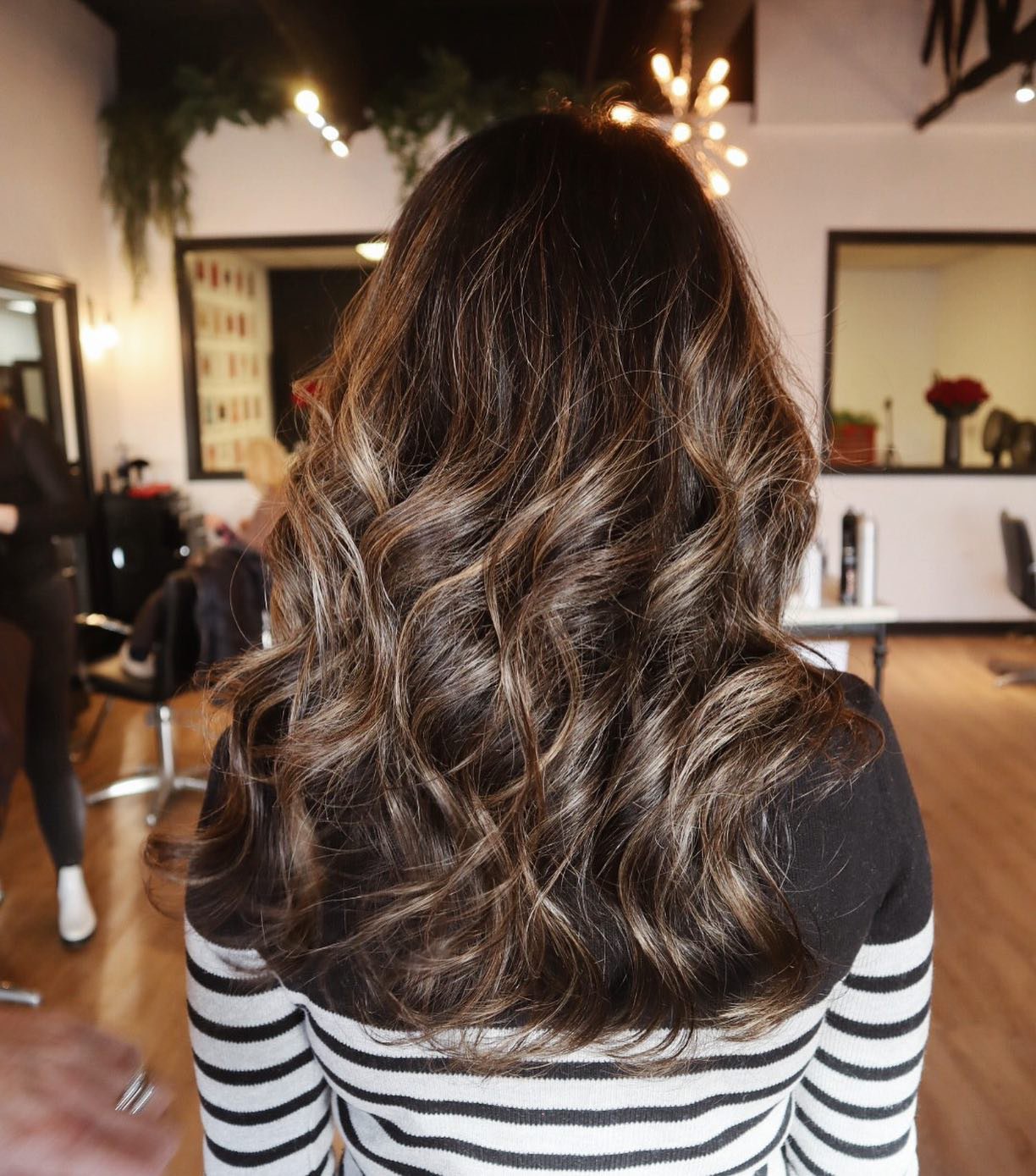The term "balayage" is derived from the French word "balayer," which means "to sweep." This technique originated in France in the 1970s as a more organic and subtle approach to hair coloring. Balayage provides a softer, sun-kissed look compared to traditional foiling methods. The artistry of balayage lies in the hairstylist's ability to carefully paint the hair by hand, seamlessly blending the color and creating a beautiful, natural transition from the roots to the ends.
Balayage truly began to make waves in the global beauty industry in the early 2000s. Celebrities and top models were spotted rocking the effortlessly chic look, and it quickly became a sought-after technique in salons worldwide. The popularity of balayage can be attributed to its ability to create a personalized and low-maintenance look, allowing clients to go longer between touch-ups.
The Art of Balayage
What sets balayage apart from other coloring techniques is the customizability and flexibility it offers. Each balayage is unique, tailored to the individual's hair type, texture, and desired outcome. A skilled stylist will take into consideration the client's natural hair color, face shape, and even their lifestyle before beginning the process. This ensures the final result is as flattering and complementary as possible.
The balayage process typically involves the following steps:
- Consultation: The hairstylist will discuss the client's preferences, assess their hair, and create a plan for the desired look.
- Sectioning: The hair is divided into sections, allowing for a more precise application of color.
- Painting: The color is hand-painted onto the hair, with the stylist blending and feathering the color to create a seamless transition from the roots to the ends.
- Processing: The color is left to develop, with the processing time depending on the desired level of lightness.
- Rinsing and Toning: The hair is rinsed, and a toner may be applied to achieve the desired shade and remove any unwanted tones.
- Styling: The hair is dried and styled to showcase the stunning, sun-kissed balayage effect.
The Benefits of Balayage
-
 Customizability
CustomizabilityEach balayage is tailored to the individual, resulting in a personalized and flattering look.
-
 Low-maintenance
Low-maintenanceThe seamless blend of color allows clients to go longer between touch-ups, with the color growing out gracefully.
-
 Healthier hair
Healthier hairThe freehand technique allows stylists to avoid over-processing the hair, resulting in less damage compared to traditional highlighting methods.
-
 Timeless appeal
Timeless appealBalayage provides a classic, sun-kissed look that suits a wide range of hair types and lengths, making it a versatile and timeless choice.



